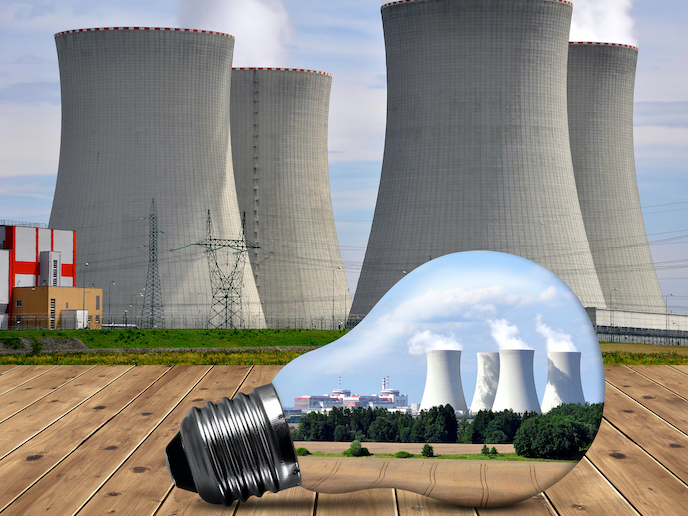New Molten Salt Fast Reactor design increases nuclear energy safety
According to a recent UN report(opens in new window), the world’s population is expected to reach almost 11 billion by the end of this century, increasing the overall demand for energy provision. Because of the greenhouse effect and climate change, there is an urgent need for large-scale energy solutions with low-carbon footprints. Nuclear power is one such option. Indeed, the EU is the largest nuclear electricity generator in the world and nuclear energy is a fundamental component in the European Energy Roadmap 2050(opens in new window). Yet with memories of the Chernobyl and Fukushima-Daiichi accidents, safety and sustainability concerns must be met before widespread adoption can be achieved. The EU-supported SAMOFAR(opens in new window) project, under the Euratom research programme(opens in new window), has advanced the design of Molten Salt Fast Reactors(opens in new window) (MSFRs) to deliver a breakthrough in nuclear safety and nuclear waste management. Among its achievements, the project improved overall reactor design, developed integral safety assessment methods, designed freeze safety valves and generated better data about the behaviour of the salts used in the system.
Safe, sustainable with optimal waste management
The new generation of nuclear reactors are required to be designed with the highest safety standards incorporated from the outset. As outlined in the Sustainable Nuclear Energy Platform roadmap(opens in new window), the further development of fast breeder reactors(opens in new window) and associated fuel cycles is highlighted as particularly important due to their fuel efficiency, compared to burner reactors. “A breeder reactor produces more fissile material than it consumes, whereas a burner destroys more fissile material (mainly plutonium) than it produces,” explains Jan Leen Kloosterman, project coordinator. SAMOFAR’s MSFR can operate either as a breeder reactor in the thorium fuel cycle(opens in new window) with in situ recycling of radioactive elements (known as actinides)(opens in new window) or as a burner reactor fuelled with plutonium and minor actinides, incinerating long-lived nuclear waste. In the SAMOFAR-designed reactor, liquid salt carries the fuel and transports the heat. As the liquid salt is at ambient pressure, when heated it can expand freely, giving pronounced negative reactivity feedback(opens in new window). This means that if the reactor gets too hot, the fission reaction slows down automatically with the temperature stabilising to an acceptable level, as the passive decay heat is removed into the environment. In the case of accidents, to remove decay heat, the fuel salt mixture will automatically be drained through ‘freeze plugs’ into fail-safe tanks. The fuel salt mixture is continuously cleaned in an integrated chemical plant. The team ran a number of tests investigating the dynamic behaviour of internally heated fluid loops (such as molten salt in a reactor) and the properties of the fluid salt itself, looking at fission product release, thermo-physical properties, freezing/melting phenomena and freeze plug performance. Additionally, a software simulator was developed to demonstrate the SAMOFAR reactor’s response to operational transients (such as start-up, shut-down, load-following, etc.). “In conjunction with the tests, this gave us very useful insights into the dynamic behaviour and capabilities of the reactor, which were both excellent,” says Kloosterman.
For a strong EU nuclear industry
“The project has led to many leading-edge code systems, instruments, and innovations, and so has already helped position the EU at the forefront of the science needed for MSRs,” concludes Kloosterman. To take the work forward, the team is now advancing the modelling of the MSR and experimentally validating these codes to further ensure the avoidance of accidents.







